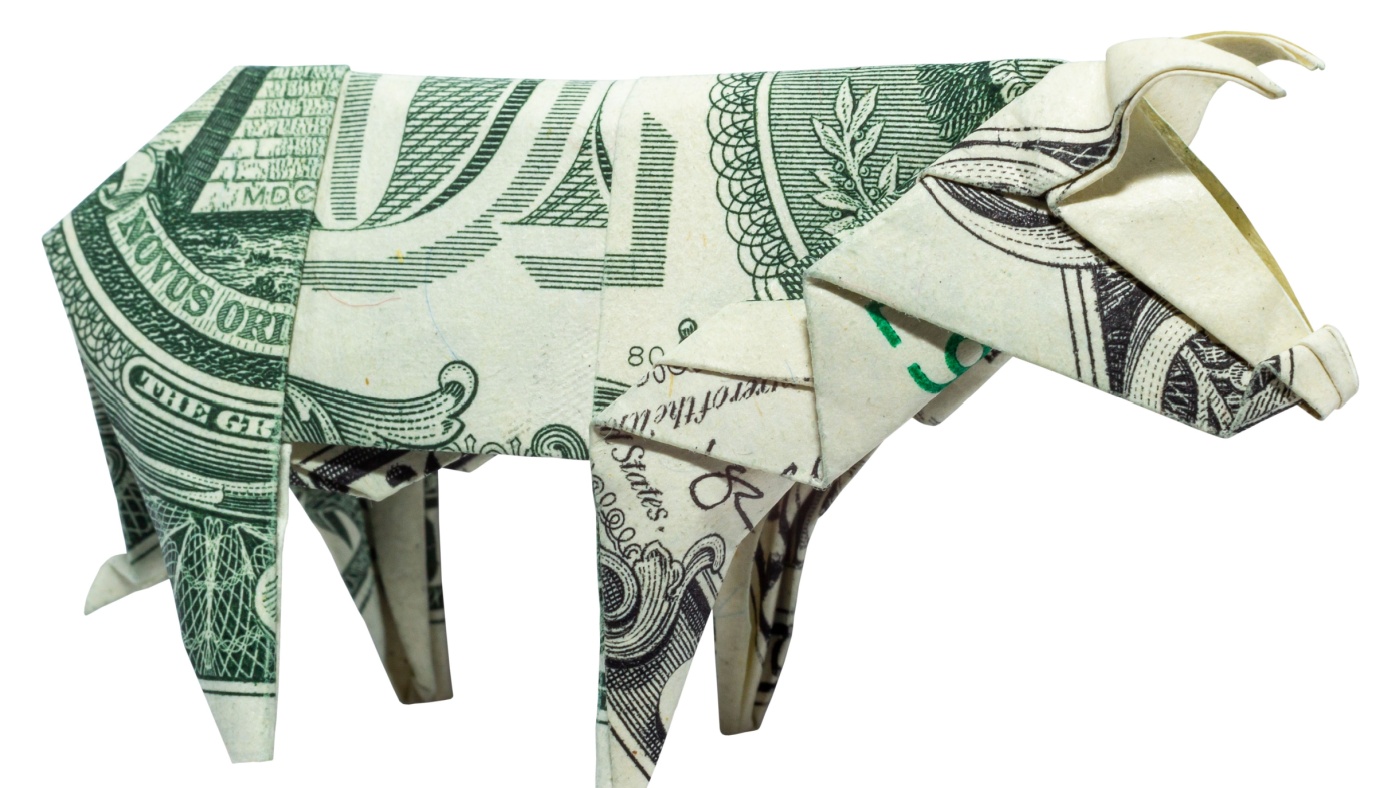Some cattle industry analysts may have been a little bit surprised at this number in last week’s USDA cattle on feed report.
“During July, producers placed about 1.7 million head of cattle on feed, which was about 6% above year earlier.”
USDA livestock analyst Shale Shagam. That number larger than had been expected. It leaves the August 1 cattle feedlot inventory at 11 point, 1 million head, almost the same as August a year ago. But to get to that point, Shagam says a lot of cattle moved during August in and out of feedlots, and at very high prices. In the case of feedlots…
“Their returns had been fairly good, you know, for the past several months. And you know, to some extent, that was probably underscoring their willingness to pay higher prices for feeder animals.”
And they certainly have been doing that.
“If we look at the at the price of feeder cattle in Oklahoma City for the 750 to 100 pound steers that we track here at USDA for forecasting purposes, during July, they were averaging about $263 a hundredweight, compared to about $244 a year ago. And again, part of what’s driving that is the fact that we were looking at very, very strong fed cattle prices.”
Some of the strongest ever.
“During July, fed cattle prices averaged a record $195 compared to about $184 in 2023 so as I mentioned, with those relatively high fed cattle prices and expectations of diminishing, corn prices, feed prices going forward, feedlots were willing to pay that additional cost to get those feeder cattle into the feedlots.”
Now, Shagam says, as far as this report providing any type of a clue to what direction the cattle industry might be going to take, expansion or more contraction or steady as she goes…
“Going forward, we still have relatively large numbers of cattle on feed which will help supply cattle for slaughter in the coming months, but in terms of the availability of cattle further for placement in feedlots, or whether animals are being retained for breeding, this this report, unfortunately, doesn’t provide us with any further information.”
USDA will put out its analysis on September 12.


